The market is adding value and even the gathering cloud of consolidation cannot eclipse some really sunny spots in the sector. Claire Hu reports
Euro 2004 may have left England fans sobbing into their pints but the tournament was a big boost for beer, with sales surging by up to 60% in some multiples.
The question now is how to continue adding value to the category after summer discounting which led to a bottle of beer being sold for less than a soft drink.
The category is worth more than £1.7bn in the multiples and co-ops, growing at 7% year-on-year, [TNS Superpanel w/e April 25 2004] with Stella Artois remaining the biggest brand. But many believe consolidation is inevitable as a shrinking number of lager brands increase their dominance in the market.
It’s not all gloom, though, with good growth in grocery from imported and specialist bottled beers such as Corona Extra, Tiger Beer, Cobra and London Pride showing consumer willingness to experiment.
With ACNielsen data showing that the average price per litre of beer failed to budge between June 2001 and May 2004, and standard lager dropped a few pence over the same period, the question of how to achieve future growth is a more pressing one.
Kevin Brownsey, off-trade sales director at Coors Brewers, says: “Growth will come from consolidation. I expect mainstream lagers to be the real winners and niche brands to carry on doing very well. But some of the brands in the middle will inevitably die. As a major brand we will also be building category through an increased focus on chilling and availability.”
Summer demonstrated the continued dominance of lager, according to John Woods, retail sales director at Interbrew. “Euro 2004 was a classic time of year to sell a lot of beer and the supermarkets used the big brands to do that. People were drinking more beer rather than just stockpiling it and that’s got to be good for the whole category. I think we are looking at a great July and August.”
While premium lager still has a bigger share of the market, there are signs the standard sector is catching up. Standard lager is growing at 10% while the premium sector is growing at 6% [ACNielsen MAT w/e 15 May 2004].
“We are seeing market consolidation of standard lager into two very strong brands, Foster’s and Carling, who are investing heavily and moving forward,” says Brownsey. “Meanwhile premium pricing is going down. I expect to see consolidation of the more fringe premium brands and then the premium market going back into significant growth.”
Pricing continues to be a touchy subject, with brewers accusing each other of dragging down the sector with frenzied summer discounting.
Paul Stanger, off-trade customer marketing director for Scottish Courage Brands, says: “Euro 2004 offered significant growth and in my view there were brands involved in some of the discounting that did not need to be there, for example Stella.” However he emphasised price was still, generally, going in the right direction.
Interbrew, which last month relaunched its ‘Reassuringly Expensive’ advertising campaign for Stella Artois and opened a new £11m bottling plant in Wales, insists the company is committed to maintaining value. Woods says the company’s £38m marketing spend on Stella this year is based on building a quality image. “The brand is growing in value sales more rapidly than volume, which is good going in a deflationary market.”
All the main brewers are increasingly focusing on improving the take-home drinking experience to drive growth.
Chris Stagg, senior brand manager of Guinness, says the brand aims to excite and engage with consumers through on-pack promotions and instore theatre. These included giving away 20,000 Guinness rugby shirts during the Six Nations tournament and 200,000 inflatable ice buckets last summer. The
company is now in the middle of a promotion giving away branded glassware. “Shoppers want to be excited in the beer fixture so retailers have to give shoppers experiences to escape from the mundane shopping trip.”
The importance of chilling as a marketing tool to create more interest in beer is growing, with Foster’s running ad campaigns, Carling selling packs with cooling devices and Anheuser-Busch offering branded fridges with complimentary products. Selling cool beer is particularly important to the convenience sector, says Stanger. “The market is buoyant and growth is coming from the convenience sector, which is, arguably, ahead of the multiple grocers.”
Euro 2004 may have left England fans sobbing into their pints but the tournament was a big boost for beer, with sales surging by up to 60% in some multiples.
The question now is how to continue adding value to the category after summer discounting which led to a bottle of beer being sold for less than a soft drink.
The category is worth more than £1.7bn in the multiples and co-ops, growing at 7% year-on-year, [TNS Superpanel w/e April 25 2004] with Stella Artois remaining the biggest brand. But many believe consolidation is inevitable as a shrinking number of lager brands increase their dominance in the market.
It’s not all gloom, though, with good growth in grocery from imported and specialist bottled beers such as Corona Extra, Tiger Beer, Cobra and London Pride showing consumer willingness to experiment.
With ACNielsen data showing that the average price per litre of beer failed to budge between June 2001 and May 2004, and standard lager dropped a few pence over the same period, the question of how to achieve future growth is a more pressing one.
Kevin Brownsey, off-trade sales director at Coors Brewers, says: “Growth will come from consolidation. I expect mainstream lagers to be the real winners and niche brands to carry on doing very well. But some of the brands in the middle will inevitably die. As a major brand we will also be building category through an increased focus on chilling and availability.”
Summer demonstrated the continued dominance of lager, according to John Woods, retail sales director at Interbrew. “Euro 2004 was a classic time of year to sell a lot of beer and the supermarkets used the big brands to do that. People were drinking more beer rather than just stockpiling it and that’s got to be good for the whole category. I think we are looking at a great July and August.”
While premium lager still has a bigger share of the market, there are signs the standard sector is catching up. Standard lager is growing at 10% while the premium sector is growing at 6% [ACNielsen MAT w/e 15 May 2004].
“We are seeing market consolidation of standard lager into two very strong brands, Foster’s and Carling, who are investing heavily and moving forward,” says Brownsey. “Meanwhile premium pricing is going down. I expect to see consolidation of the more fringe premium brands and then the premium market going back into significant growth.”
Pricing continues to be a touchy subject, with brewers accusing each other of dragging down the sector with frenzied summer discounting.
Paul Stanger, off-trade customer marketing director for Scottish Courage Brands, says: “Euro 2004 offered significant growth and in my view there were brands involved in some of the discounting that did not need to be there, for example Stella.” However he emphasised price was still, generally, going in the right direction.
Interbrew, which last month relaunched its ‘Reassuringly Expensive’ advertising campaign for Stella Artois and opened a new £11m bottling plant in Wales, insists the company is committed to maintaining value. Woods says the company’s £38m marketing spend on Stella this year is based on building a quality image. “The brand is growing in value sales more rapidly than volume, which is good going in a deflationary market.”
All the main brewers are increasingly focusing on improving the take-home drinking experience to drive growth.
Chris Stagg, senior brand manager of Guinness, says the brand aims to excite and engage with consumers through on-pack promotions and instore theatre. These included giving away 20,000 Guinness rugby shirts during the Six Nations tournament and 200,000 inflatable ice buckets last summer. The
company is now in the middle of a promotion giving away branded glassware. “Shoppers want to be excited in the beer fixture so retailers have to give shoppers experiences to escape from the mundane shopping trip.”
The importance of chilling as a marketing tool to create more interest in beer is growing, with Foster’s running ad campaigns, Carling selling packs with cooling devices and Anheuser-Busch offering branded fridges with complimentary products. Selling cool beer is particularly important to the convenience sector, says Stanger. “The market is buoyant and growth is coming from the convenience sector, which is, arguably, ahead of the multiple grocers.”


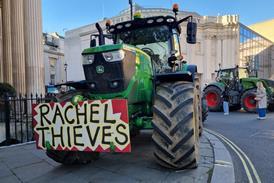

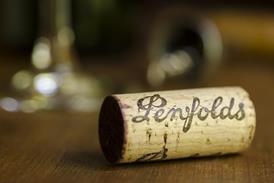
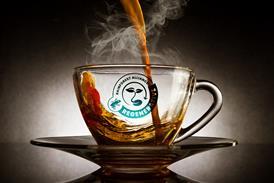
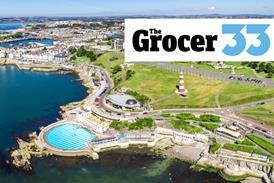



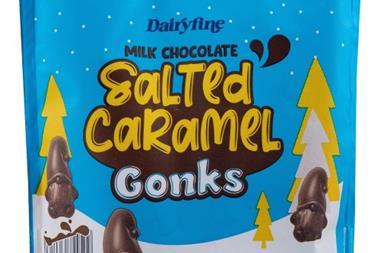
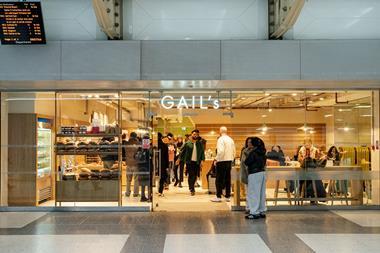

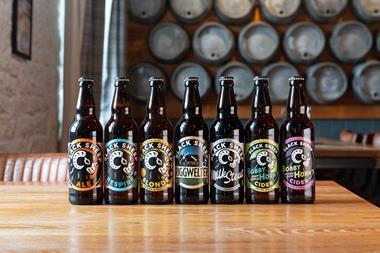
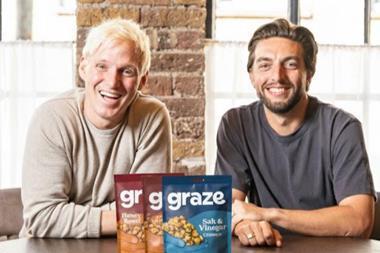
No comments yet